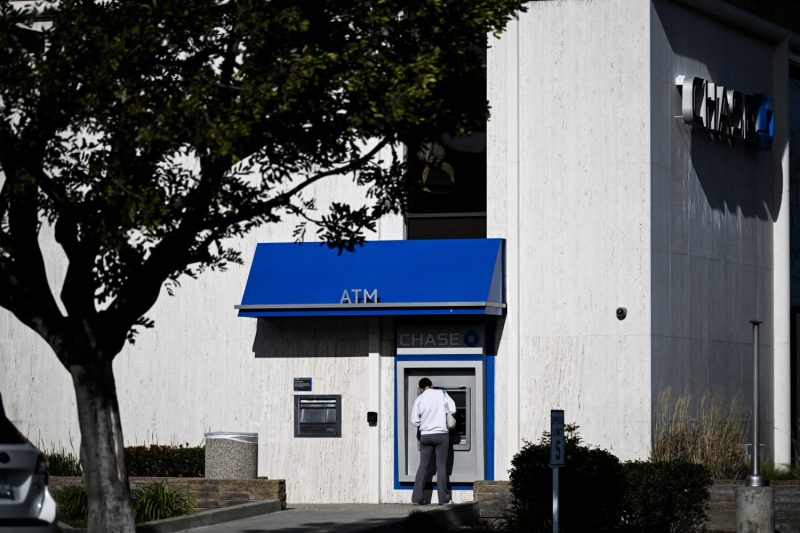JPMorgan Chase, the largest banking institution in the United States, recently started taking legal actions against its customers who egregiously exploited a software ‘glitch’. This glitch essentially involved a flaw in the bank’s operations, allowing customers to overdraft their accounts in a virtually ‘infinite’ manner and, subsequently, enabling them to shop unhindered, even when their actual account balance was zero or negative.
At its most basic level, this issue arose due to a software error in the bank’s automated systems, which inadvertently permitted clients to withdraw or transfer funds that vastly surpassed their account balance, resulting in an ‘infinite money glitch.’ Rather than preventing customers from making transactions without sufficient funds, as the system should have, the glitch instead provided an open gateway for various customers to exploit this ‘infinite money’ phenomenon.
The result of this glitch is that JPMorgan Chase found itself footing the bill for the thousands of dollars that its customers had withdrawn or used to make purchases, essentially amounting to a sizable loss for the banking giant. Not content letting this act of thievery stand, the bank has begun to retaliate by implementing legal proceedings against its own customer base who have exploited this glitch.
The lawsuit strategy adopted by JPMorgan Chase is a multi-pronged approach. The bank is not only seeking to recover the money that their customers wrongly exploited from the glitch, but also aiming to establish a strong deterrent against future exploitation attempts. Moreover, JPMorgan wants to set a precedent for other institutions that may face similar situations in the future.
The course of this action has been subjected to a series of specific investigations, with the bank meticulously going through its records to accurately identify clients who exploited the glitch and quantify these losses. It’s an ongoing task; the challenge lies in distinguishing between those who unintentionally benefited from the glitch and those who deliberately took advantage of it.
The pursuit of legal action in this case has sparked a broader conversation within the banking sector about the responsibility of institutions in case of such technological errors. While some argue that banks should have robust systems to prevent such incidents, others maintain that it is the ethical duty of customers not to exploit these glitches.
Nonetheless, the case represents an intriguing crossroads between banking regulations, technological infrastructure, and customer responsibility. While the banking giant continues its onerous task of identifying and recovering funds from those who exploited the glitch, it’s clear that lessons learned from the incident will shape the future way in which banks handle glitches and assess their data security and technology strategies.
Meanwhile, the accused customers are left facing legal consequences – a stark reminder of the pitfalls of opportunism. The saga offers a cautionary tale to the wider public: tempting as infinite money might initially seem, the repercussions are not quite as appealing. JPMorgan’s sweeping operation to curb misuse underpins the seriousness with which financial institutions and the law view such transgressions.




